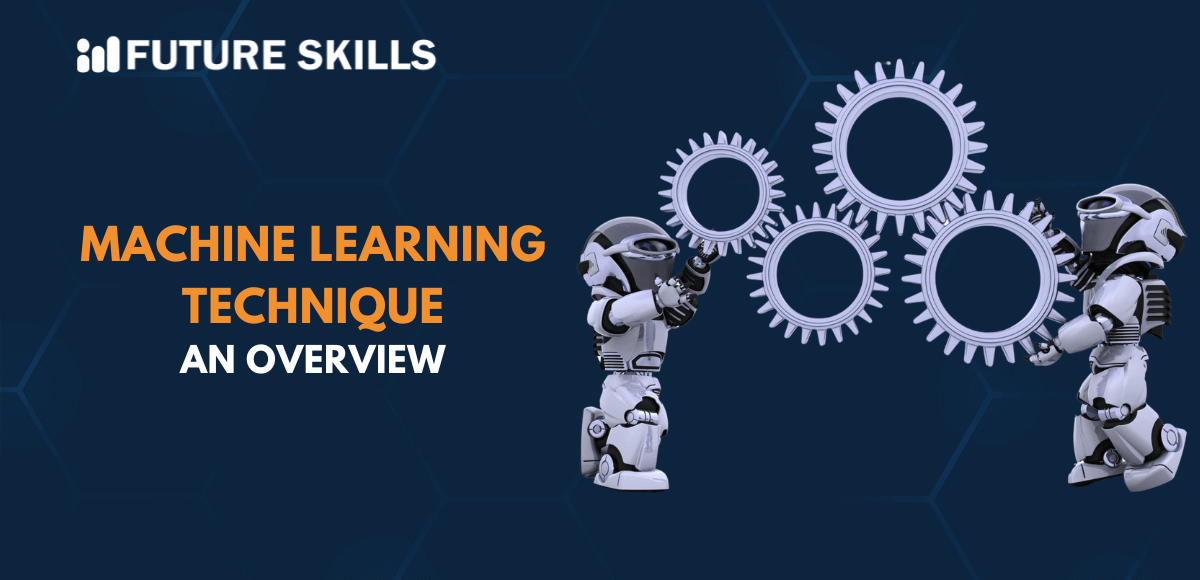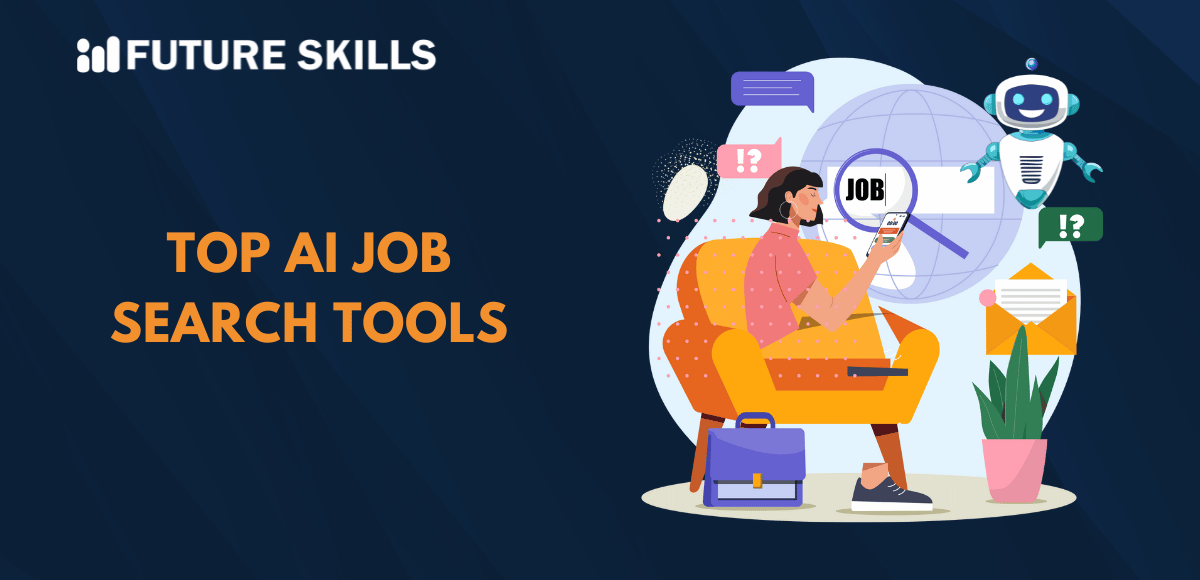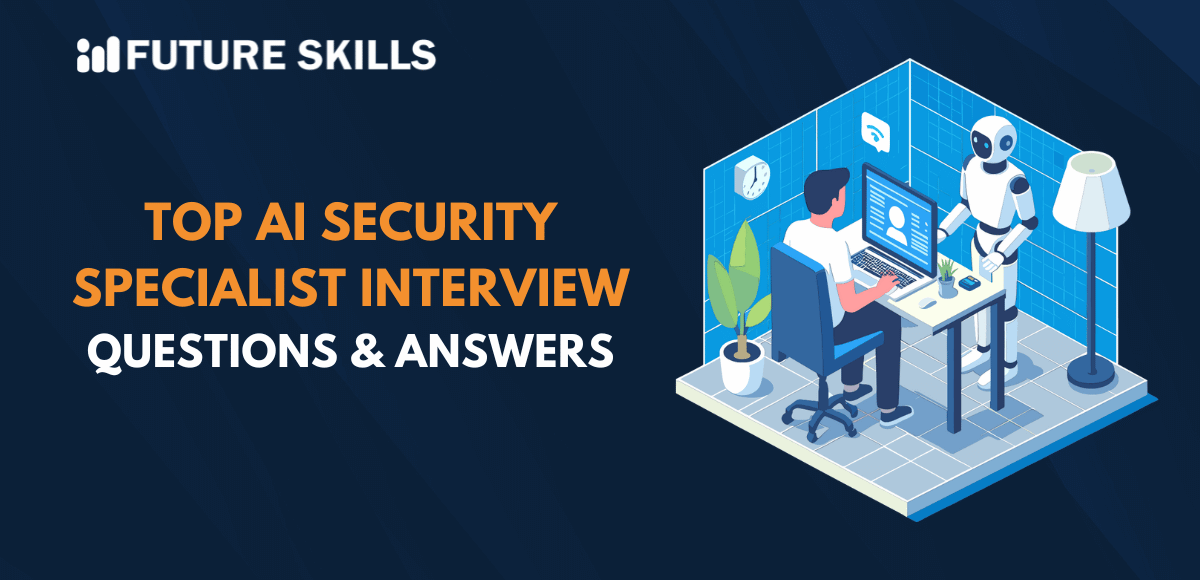Machine learning aims to help computers use data to learn, think, and act like humans. As the name suggests, machines try to learn in the same way that humans learn new things and improve accuracy over the course of time. The fundamentals of machine learning techniques explained for beginners would draw attention towards the variants such as supervised, unsupervised, and semi-supervised machine learning. You must also pay attention to the different algorithms that empower the machine learning landscape.
The review of the different types of machine learning techniques and algorithms can help you find the best approaches to work with machine learning. It is important to note that people have been becoming more curious about machine learning techniques as AI gains popularity. Awareness of the important machine learning techniques offers a competitive advantage to every learner interested in machine learning and AI. Let us learn more about the capabilities of machine learning through a review of the notable techniques used in machine learning.
Enroll in our popular AI Certification Course and master the most in-demand tech skill today to boost your career.
Demystifying the Learning System in Machine Learning
The ideal approach to learn about machine learning techniques involves familiarizing with the learning system in ML. Once you figure out the crucial components in the learning system of machine learning algorithms, you can understand the relevance of machine learning techniques. The search for answers to questions like ‘What are the machine learning techniques?’ would lead you to three different components of the learning system. The three components include the decision process, model optimization process, and the error function.
Decision process is an important component in the learning system of ML algorithms as the algorithms must make classification or predictions. ML algorithms can generate estimates about data patterns according to the input data, which can be labeled or unlabeled. The error function is responsible for evaluating the model’s prediction and also helps in evaluating the accuracy of ML models. The model optimization process also drives the machine learning process by adjusting weights to reduce variance between known data and model predictions.
Discovering the Notable Techniques in Machine Learning
The review of machine learning fundamentals would introduce you to three notable categories of machine learning techniques. The techniques for machine learning establish the approaches for training the algorithms and determine their utility in different scenarios. You will find three practical machine learning techniques alongside a derivative technique that has evolved with the growth of ML research. The following machine learning techniques can help you understand how ML algorithms can achieve the impossible and empower diverse AI applications.
-
Supervised Machine Learning
The foremost machine learning technique that you must learn about is supervised machine learning. Also known as supervised learning, it is the most common entry you would come across in ML research. Supervised machine learning involves the use of labeled training datasets for training ML algorithms to offer accurate data classification or outcome prediction. The supervised machine learning technique involves the model adjusting weights after receiving input data until it achieves the appropriate fit.
ML models achieve the right fit through a cross validation process, which prevents the concerns of overfitting and underfitting. Supervised learning has emerged as one of the most promising machine learning techniques to solve different real-world problems without limitations. Some of the notable algorithms that you would find in supervised learning techniques include linear regression, logistic regression, neural networks, support vector machines and random forest algorithms.
-
Unsupervised Machine Learning
Unsupervised machine learning or unsupervised learning is the exact opposite of supervised machine learning in terminology and approach. It expands the scope of the techniques of machine learning by analyzing and clustering unlabeled datasets. Unsupervised learning technique in ML research focuses on using algorithms to discover hidden patterns or data categories without human intervention. The ability of the unsupervised machine learning technique to identify differences and similarities in data can make it useful for various applications.
The most popular applications of unsupervised machine learning techniques in the real world include customer segmentation, image recognition, exploratory data analysis, and cross-selling strategies. Unsupervised machine learning technique also helps in reducing the number of features in a model by using dimensionality reduction. You can achieve dimensionality reduction by using singular value decomposition or SVD and principal component analysis or PCA. The other unsupervised machine learning algorithms include probabilistic clustering, neural networks, and k-means clustering method.
-
Semi-supervised Learning
Semi-supervised learning is also a prominent machine learning technique that brings you the best of supervised and unsupervised learning. The training process in semi-supervised machine learning technique focuses on using smaller labeled datasets for classification. On the other hand, semi-supervised models achieve feature extraction by using a larger unlabeled dataset. Semi-supervised learning techniques can resolve the problems that arise due to lack of labeled data for supervised learning algorithms. It is also useful in scenarios where labeling data is a costly process.
-
Reinforcement Machine Learning
The list of machine learning techniques also extends beyond the three traditional approaches with introduction of reinforcement machine learning. It is one of the trusted machine learning techniques for prediction tasks due to its similarities with supervised machine learning. You must also note that the algorithm does not use sample or known data for training. On the contrary, reinforcement machine learning models learn on the go with a trial and error approach.
The models would work through reinforcement of a sequence of successful outcomes to come up with the best recommendations for a particular problem. IBM Watson is the best example of reinforcement machine learning models. It used reinforcement learning to identify the right moment to answer alongside selecting other important parameters without human intervention.
Get familiar with the fundamentals of AI and explore the opportunities to pursue a career in AI with our new AI for Everyone Free Course. Enroll now!
Unraveling a List of Prominent Machine Learning Algorithms
Any discussion about machine learning techniques would be incomplete without reflecting on the popular ML algorithms. You can find different types of machine learning algorithms according to the desired machine learning approach or technique. The following ML algorithms can help you understand the true potential of machine learning techniques to revolutionize the AI landscape.
-
Neural Networks
Neural networks are one of the most formidable additions among machine learning algorithms as they are also related to deep learning. The review of machine learning techniques explained for professionals would help you understand how neural networks have the capabilities for simulation of the working of human brain. Neural networks can recognize patterns effectively and serve a vital role in different applications such as speech recognition, natural language translation, image creation, and image recognition.
-
Decision Trees
Decision trees are one of the simplest machine learning algorithms that you are likely to come across for any type of task. You can use decision trees for classification of data into different categories or drawing predictions for numerical values. Decision trees work by using a branching sequence that includes different related decisions represented through a tree diagram. The most noticeable advantage of decision trees is the simplicity of audit and validation process.
-
Linear Regression
Linear regression algorithm also supports machine learning techniques for prediction tasks. It can help you predict numerical values on the basis of linear relationships between separate values. One of the examples of linear regression algorithms is a ML model that can use historical data for a specific area to offer predictions for property prices.
-
Logistic Regression
Logistic regression is a supervised learning algorithm that can help in making predictions on categorical response variables. It is useful in scenarios that involve prediction of binary responses such as ‘yes/no’ or ‘true/false’ predictions. You can use logistic regression algorithms in quality control on production lines and spam detection in email.
-
Random Forest
Random forest algorithm involves prediction of values or classification into categories through combination of results from multiple decision trees. You can think of a random forest as a collection of different decision trees.
-
Clustering
Clustering algorithms also deserve a special mention among the practical machine learning techniques for their unique advantages. The interesting highlight about clustering algorithms is that they use supervised learning to identify data patterns that can be included in groups. Clustering algorithms can help in recognizing differences between data points that might have missed the eyes of humans.
-
Principal Component Analysis
The list of ML algorithms that support machine learning techniques also includes principal component analysis or PCA. It is a statistical procedure that enables an easier understanding of relationships between variables in a particular dataset. The primary objective of PCA revolves around reducing the dimensionality of data without sacrificing crucial relationships between variables or patterns.
Explore the world of ChatGPT and get an in-depth understanding of its working with our accredited Certified ChatGPT Professional (CCGP)™ Course.
Final Thoughts
The introduction to machine learning techniques showcases the significance of each technique for different types of tasks. You can find three notable types of machine learning techniques such as supervised, unsupervised and semi-supervised learning. It is also important to note that the techniques of machine learning also include reinforcement machine learning. Machine learning techniques can help you create different types of machine learning models for various tasks.
The growing popularity of machine learning and artificial intelligence has been one of the prominent highlights in the world of technology. In-depth understanding of machine learning techniques and algorithms can empower you with competitive advantage to learn ML and AI. Discover more insights on machine learning techniques and begin your career as a ML expert right away.







